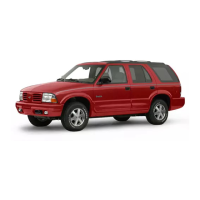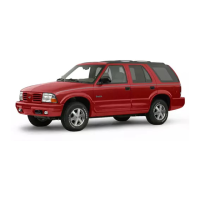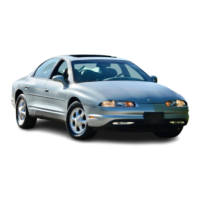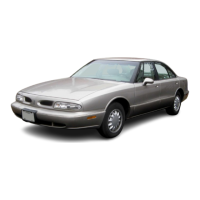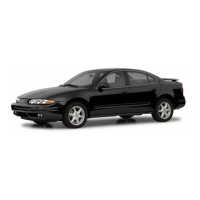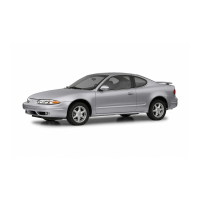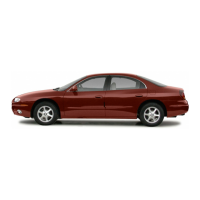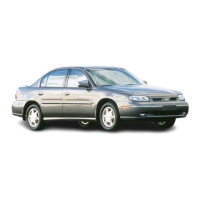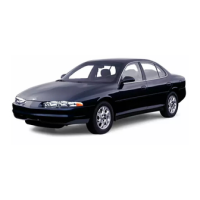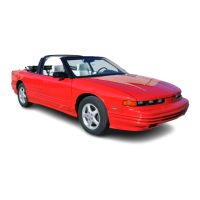You
can also use
SECOND
(2)
for starting your vehicle
from a stop on slippery road surfaces.
FIRST
(1):
This position gives you even more power
(but lower fuel economy) than
SECOND
(2).
You can
use
it
on very steep hills, or
in
deep snow or mud.
If
the
selector lever is
put
in
FIRST
(1)
while the vehicle is
moving forward, the transmission won’t shift into
FIRST
(1)
until
the vehicle is going slowly enough.
NOTICE:
If your rear wheels can’t rotate, don’t try to
drive. This might happen if you were stuck in
very deep sand
or
mud
or
were up against a solid
object. You could damage your transmission.
Also,
if you stop when going uphill, don’t hold
your vehicle there with only the accelerator
pedal. This
could
overheat and damage the
transmission. Use your brakes or shift into
PARK
(P)
to hold
your
vehicle in position
on a hill.
Locking
Rear Axle
Your rear axle can give you additional traction on snow,
mud, ice,
sand
or gravel.
It
works like
a
standard
axle
most
of
the time, but when one of the rear wheels has no
traction and the other does, the locking feature will
allow the wheel
with
traction to move the vehicle.
All-Wheel Drive
Your engine’s driving power is sent to
all
four wheels
for extra traction. All-wheel drive is like four-wheel
drive, but there
is
no
lever or switch to engage or
disengage the front axle. It is
fully
automatic and adjusts
itself as needed
for
road conditions.
Parking Brake
To set the parking brake, hold the regular brake pedal
down with your right foot. Push down the parking brake
pedal
with
your left foot.
If
the ignition is on, the brake
system warning light
will
come on.
To release the parking brake, hold the regular brake
pedal
down.
2-18

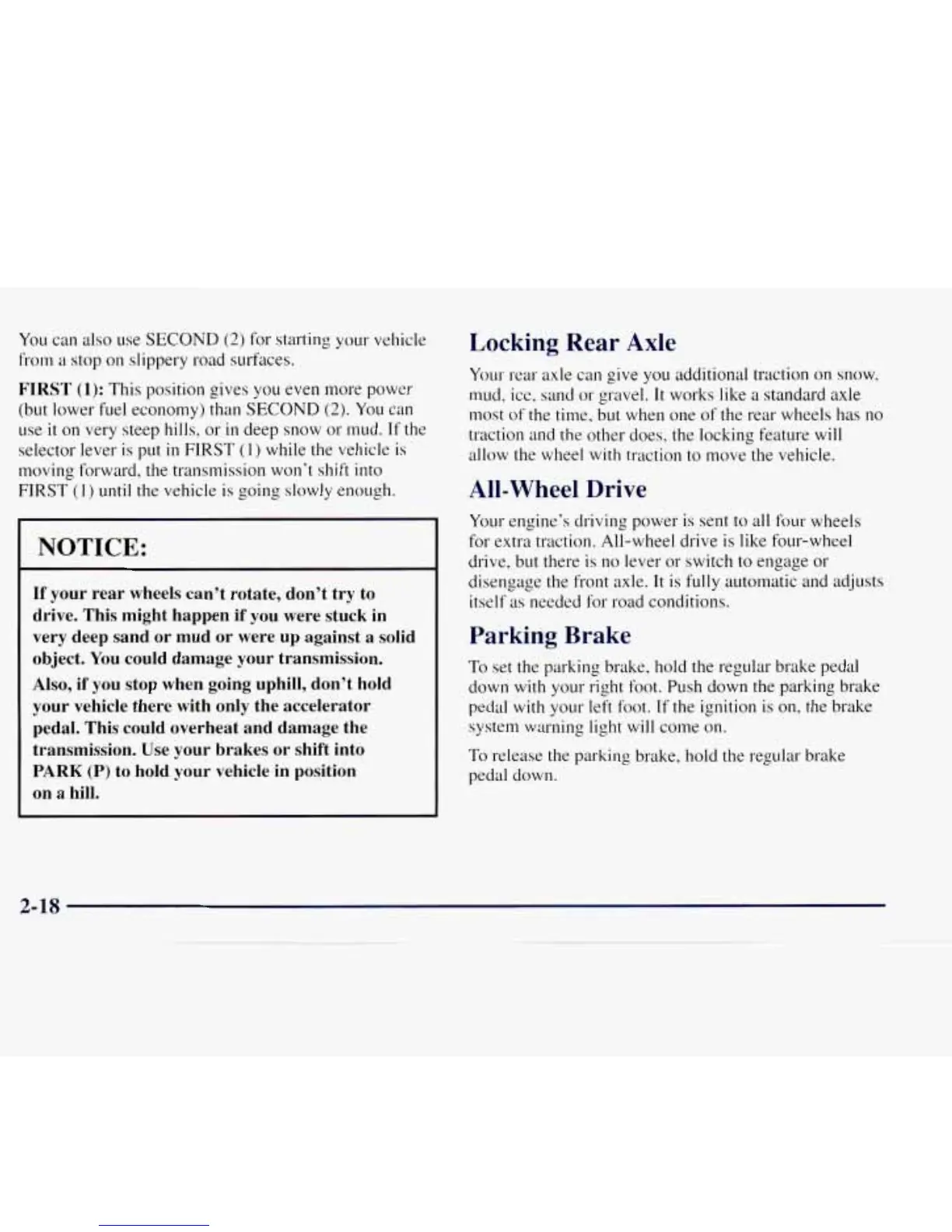